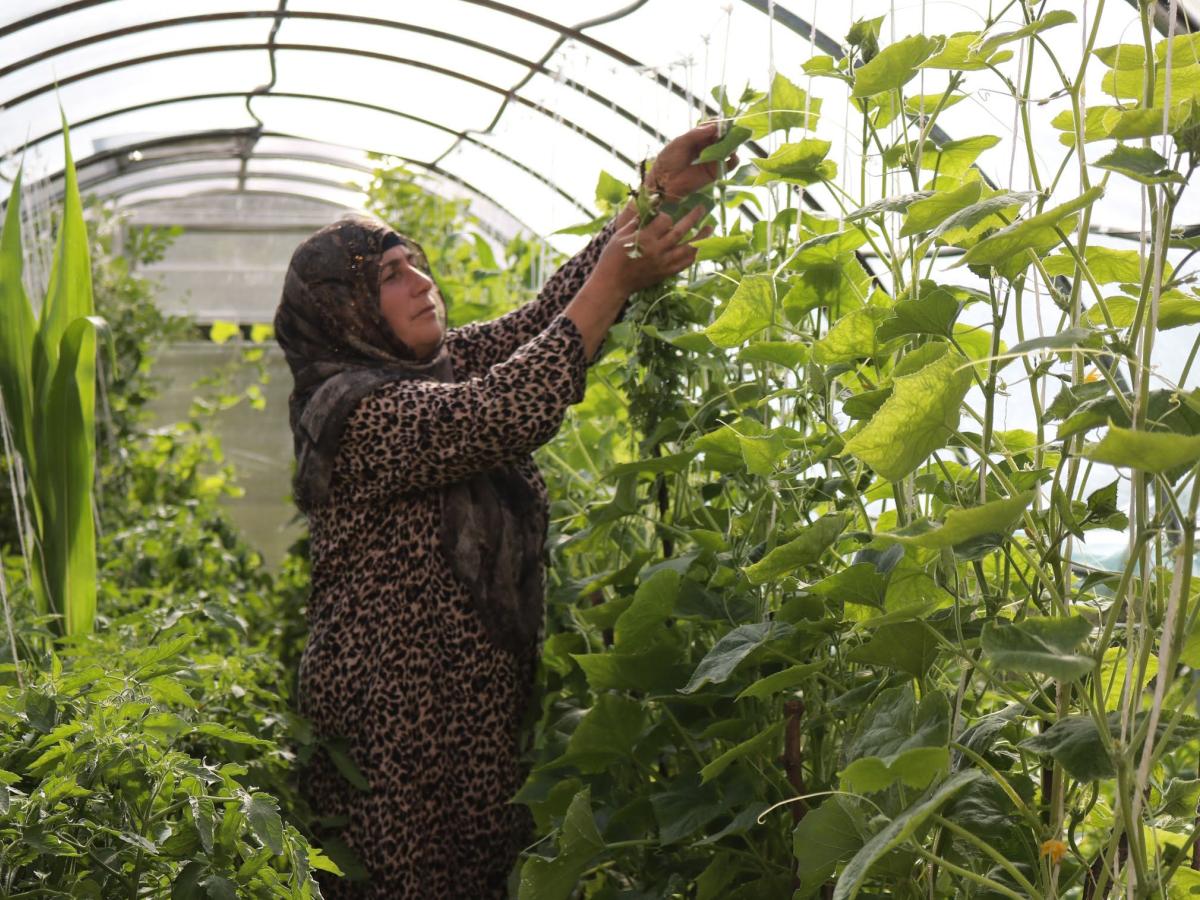BACKGROUND
In Tajikistan, about 20 percent of households are food insecure, and approximately 63 percent of households have adopted one or more livelihood-eroding coping strategies, making them highly susceptible to future shocks.
USAID’s Tajikistan Food Security Safety Net Activity, implemented by the World Food Programme (WFP), protects the most vulnerable communities from sliding further into poverty and food insecurity by leveraging cash transfers in exchange for labor. This support enables communities to create or rehabilitate greenhouses, irrigation canals, river embankments, and other productive assets. The activity also regularly conducts market monitoring to track the prices of food and non-food item to identify potentially vulnerable communities in advance. Over 120,000 people will benefit from these activities, increasing their resilience to climate and other shocks.
GOAL
The overall objective of the project is to strengthen the food security of vulnerable food insecure populations across the country.
KEY RESULTS AS OF MARCH 2024
Key Result I:
- Distributed 8,301 metric tons of food to 205,464 people (36,122 households) that were suffering from food insecurity.
Key Result II:
- Rehabilitated a total of 1,090 cubic meters of riverbank, protecting communities from flood events;
- Established 44 vertical greenhouses and 30 hectares of fruit orchards that provide food and income to vulnerable households;
- Cleaned more than 172 kilometers of irrigation canals enabling farmers to have better access to water;
- Installed 101 water distribution gates to better regulate water flow; and
- Trained more than 400 farmers to improving their knowledge on food processing.
Key Result III:
- Conducted regular market price monitoring conducted across 15 regional and subregional markets.
PROJECT BUDGET: $17,000,000
PROJECT DURATION: Nov 30, 2022 - Oct 31, 2027
IMPLEMENTING AGENCY: WFP Tajikistan

